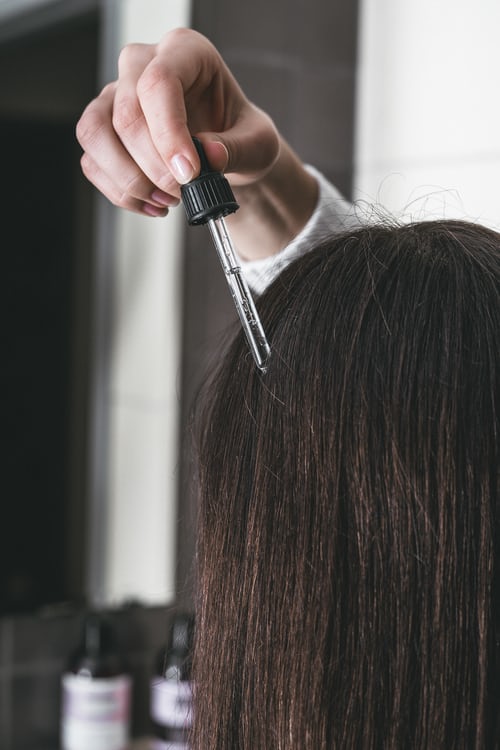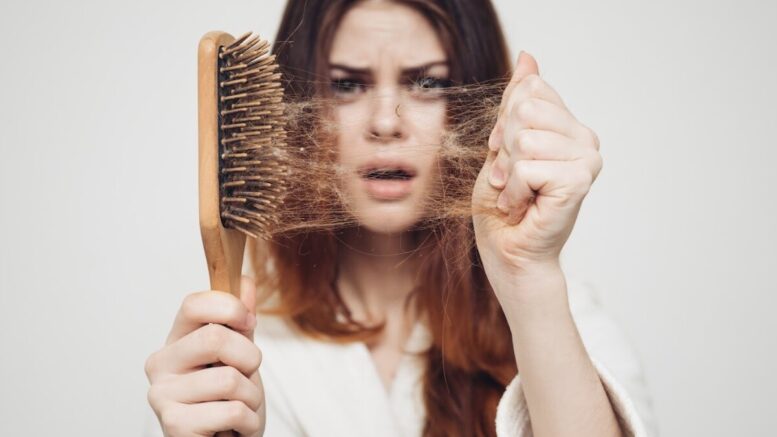Hair thinning in women might be a result of multiple factors. Hormonal changes during pregnancy or menopause and stress are but a few possible causes of hair loss in women.
Whether your hair loss is temporary, permanent, or reversible, don’t despair; some remedies can help with your condition.
The first step to finding a solution for your hair problems is visiting a doctor. They will diagnose the cause of your hair loss and prescribe the best remedy.
If you’re struggling with hair loss and would like to be aware of different ways to treat it, you’re in the right place. Here, we discuss ten effective ways of treating different hair loss conditions.
1. Hair Transplant
There are cases where an individual doesn’t seem to respond well to treatment. In such a case, your doctor may prescribe a hair transplant. This procedure involves taking tiny pieces of the scalp and adding them to the affected areas (areas of baldness). A hair transplant ensures that your problem is solved naturally.
Hair transplant therapy can be expensive compared to other hair loss treatments, and it isn’t suitable for everybody. If you’re looking forward to having a hair transplant, you may consider visiting LumenLaserCenter.com or other similar sites. There, you’ll get your scalp checked to see whether you’re fit for the procedure, and, if so, schedule the treatment procedure done by professionals.
2. Ketoconazole
Ketoconazole is effective in treating androgenetic hair loss. This is especially the case if the inflammation of the hair follicle contributes to hair loss.
Ketoconazole can reduce inflammation and enhance the look and strength of your hair. It can be found in shampoo form and available in most beauty shops.
3. Minoxidil
According to the Food and Drug Administration (FDA), minoxidil is suitable for hair loss treatment. Minoxidil is sold under the name Rogaine, and you can purchase it as an over-the-counter option. This remedy is suitable for females, with many users reporting satisfying results.
Minoxidil improves hair and increases its growth rate. It also helps to thicken hair and reduces hair loss.
Minoxidil remedies come in two concentrations: 2% and 5%. The first option is applied twice a day, while the second one is only applied once a day.
If minoxidil proves to be effective for your case, you should use it indefinitely. When you stop using minoxidil, the hair loss is likely to recur within a few months.
While minoxidil proves to be among the best remedies for hair loss, it also comes with some side effects such as scalp irritation. However, these side effects are mild at worst, and it doesn’t happen to most users. Those who do experience side effects should try switching formulas to alleviate symptoms.

4. Light Therapy
Though low-light therapy might not treat hair loss on its own, it can boost the effects of other hair loss treatments like minoxidil.
According to a trial posted in the Indian Journal of Dermatology, Venereology, and Leprology, combining low-light therapy with regular 5% minoxidil to treat androgenetic alopecia yielded good results, with most people undergoing the treatment saying they were satisfied.
5. Platelet-Rich Plasma
Injecting platelet-rich plasma can also help reduce hair loss. A plasma-rich procedure involves a professional drawing the individual’s blood separating the platelet-rich plasma from the blood, and injecting it into the scalp at the affected areas. This procedure ensures speedy tissue recovery of the scalp and hair roots. This type of treatment has also been reported to cause an increase in hair density and thickness.
6. Corticosteroids
Some women also respond to corticosteroids injections. However, doctors recommend this treatment for particular cases such as alopecia areata, a condition whereby hair falls out in random patches. When corticosteroids are injected directly into the affected areas, they stimulate new hair growth. However, doctors only recommend using corticosteroids as a last resourt.
7. Hair Loss Shampoos
Some cases of minor hair loss among women can occur due to dead skin cells and other particles blocking the pores on the scalp. In such a case, medicated shampoos designed to clear dead skin cells from the pores may be what you require. Medicated shampoos promote healthy hair and help get rid of minor signs of hair loss.

8. Eat A Nutritious Diet
Every aspect of your health depends on how well you eat, and it’s no different when it comes to your hair’s health. To ensure healthy hair growth, you need to eat a well-balanced diet that includes lots of vegetables and fruits. These foods provide your body with essential nutrients that enhance the look of your skin and healthy hair.
Low iron may also lead to hair loss in women. Therefore, you should make sure that your meals are rich in iron. Getting more iron into your diet also gives you helps you deal with other health problems such as anemia.
9. Topical Anthralin
Anthralin is a safe and effective medicine commonly used to treat people with alopecia areata. You can apply it at home once a day, starting from five minutes and increasing the application time to an hour.
After you’ve applied anthralin, make sure you rinse your scalp with clean water and soap. After using this treatment, you might notice new hair growth within two to three months.
10. Scalp Massage
Did you know that your new hair growth might be a massage away? Scalp massage helps increase circulation all over the scalp and clean away dandruff. If you want to keep your scalp and hair follicles healthy, massage your scalp for a few minutes on a regular basis.
Conclusion
Hair loss is a condition that affects both males and females. However, hair loss in females may result from many factors, such as hormone imbalance. The most common hair loss condition in females is androgenetic alopecia.
There are different treatments for hair loss in females, and you can get some from over-the-counter (OTC). However, you shouldn’t treat your condition without a doctor’s prescription. Make sure you get your doctor’s advice so they can prescribe you the best treatment given your current situation.
If your doctor suspects an underlying condition, they will perform more tests to develop the best treatment plan for your case.
